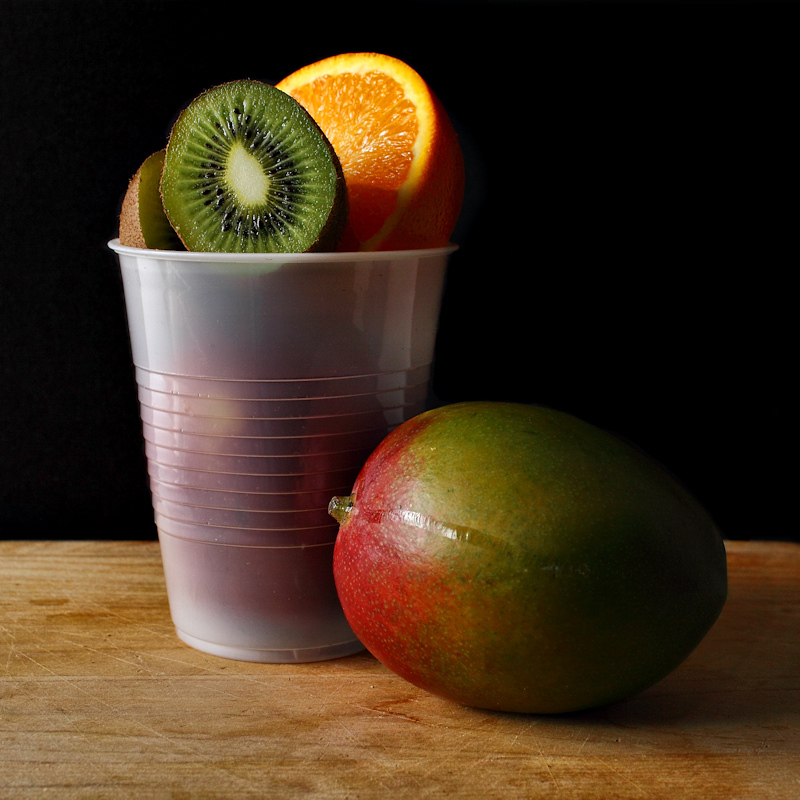Federal Program To Feed Poor Kids Fresh Fruit And Vegetables Is Actually Controversial

Not an actual child’s fruit cup, but tasty. (Steve R.)
It began as a snack program back in 2002, but turned the contents of kids’ snack cups into tiny battle arenas for members of Congress and lobbyists. Fruit was good: how about dried fruit? If dried fruit is good, how about trail mix? If trail mix is good, how about beef jerky? Eventually, the program is just random midday food, and not focused on showing children that fresh produce is edible.
Yes, fresh fruit is harder and much more expensive to serve than its cousins that ended up in bags, boxes, or cans, but the goal of the program is to expose children from low-income families to fresh foods that may not be familiar to them. In 2008, the program’s Congressional sponsor, Sen. Tom Harkin of Iowa, rewrote legislation to limit snacks to only fresh fruits and vegetables.
There are already plenty of canned and frozen vegetables in school breakfasts and lunches, and kids don’t seem to find them very inspirational. However, from the point of view of marketers of preserved produce, what the program is doing is giving thousands of future grocery shoppers the message that fresh is best, and that all other foods are inferior.
Supporters argue that while forming kids’ early experiences and eating habits, it’s important to get them familiar with, say, bunches of grapes and whole peaches before moving on to enjoy those foods in their canned fruit cocktail form.
Senator Harkin is retiring, and he’s the biggest defender of fresh-food-only. Will the preserved-food lobbyists take over and make sure children learn about “fruit and vegetable consumption in all forms” instead, as one frozen-food lobbyist puts it? It looks likely.
The carrot war gets serious [Politico]
Want more consumer news? Visit our parent organization, Consumer Reports, for the latest on scams, recalls, and other consumer issues.

